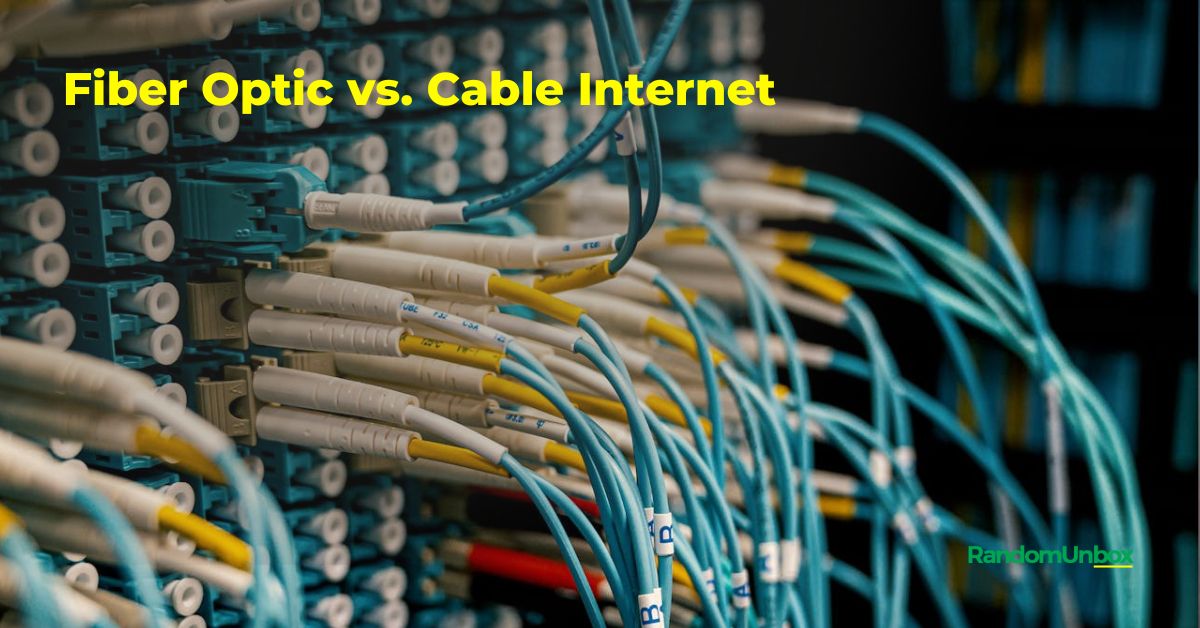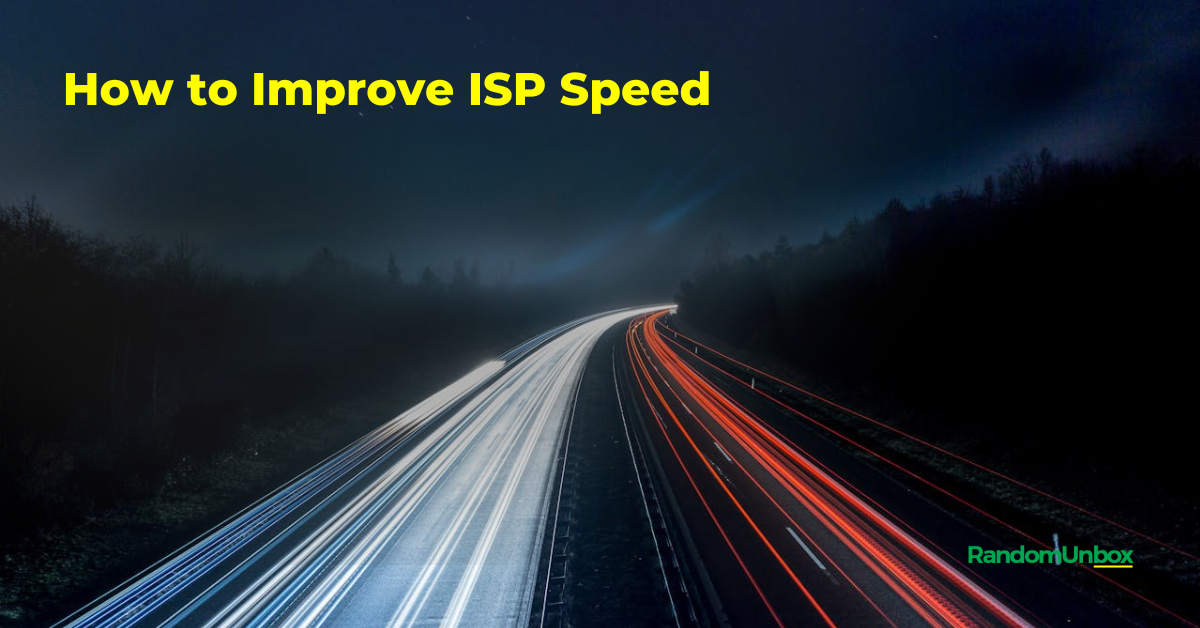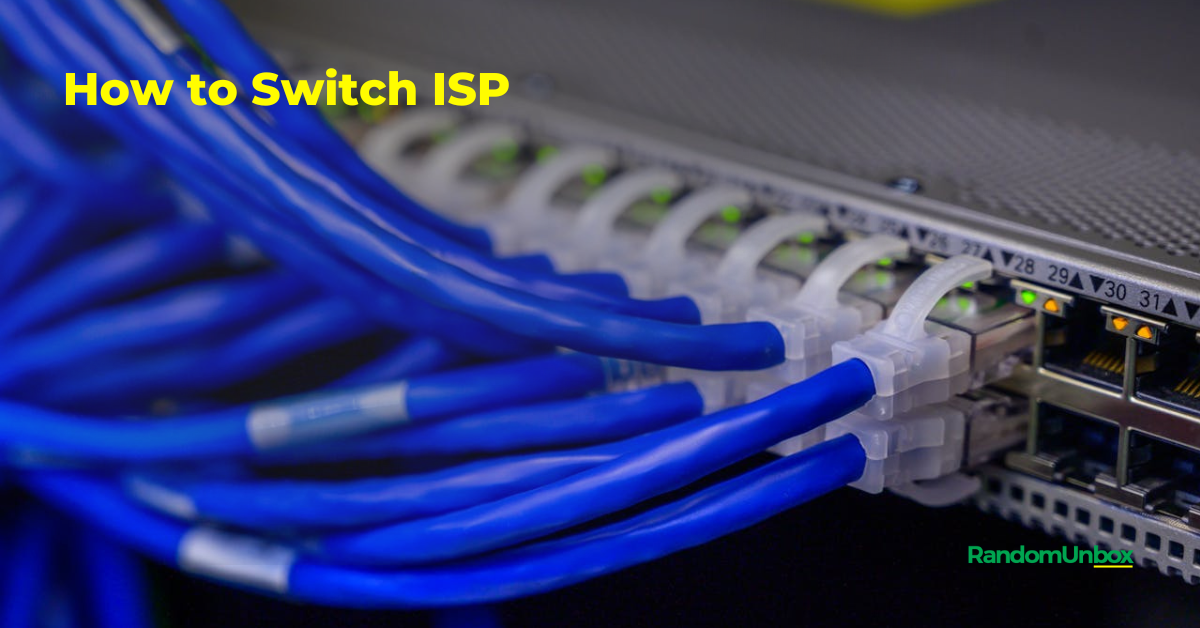The average internet speeds offered by Internet Service Providers (ISPs) in the US are undergoing dramatic shifts. Recent data reveals fascinating trends and disparities that provide valuable insights into the nation’s evolving digital infrastructure.
As our reliance on high-speed internet for work, entertainment, and communication continues to grow, it’s crucial to understand the factors influencing these speeds.
From the latest technologies to regional differences, understanding the intrinsics of ISP speeds offers a window into the complex interplay between market forces and consumer demand. Ultimately, this points towards a future where internet connectivity is not only faster but also more widely accessible.
Unveiling US Internet Speed: Exploring Averages and Regional Variations
A. Unpacking the Numbers: Average ISP Speeds
The internet, a vital artery of modern life, relies heavily on internet service providers (ISPs) to deliver smooth connectivity. Understanding the average download and upload speeds offered by ISPs across the US provides valuable insight into the nation’s internet landscape.
Table 1: Average and Median ISP Speeds in the US (Source: Speedtest.net, January 2024)
| Statistic | Download Speed (Mbps) | Upload Speed (Mbps) |
|---|---|---|
| Average | 256.03 | 23.01 |
| Median | 192.12 | 10.69 |
Data Source and Methodology: This data is sourced from Speedtest.net, a leading internet speed testing platform. It aggregates data from user-generated speed tests, providing a comprehensive snapshot of real-world internet performance across the country.
Historical Trends: It’s encouraging to observe a significant improvement in average ISP speeds over time. In 2013, the average download speed was only 31 Mbps, marking a remarkable eightfold increase in less than a decade. This positive trend reflects ongoing investments in infrastructure and advancements in broadband technologies.
B. Navigating the Landscape: Regional Variations in Speed
While the national averages provide a general picture, internet speeds can vary considerably across different regions. To visualize these variations, a color-coded map can be utilized, where darker shades represent higher average download speeds and lighter shades indicate lower speeds.
Factors Affecting Regional Variations: Several factors contribute to discrepancies in internet speed across regions:
- Infrastructure: Availability of advanced infrastructure like fiber-optic networks plays a crucial role. Regions with denser fiber optic networks typically experience faster internet speeds.
- Competition: The presence of multiple ISPs in a region can foster competition, encouraging providers to invest in infrastructure upgrades and offer competitive speeds.
Understanding these variations empowers individuals to make informed decisions when choosing an ISP, ensuring they select a provider that meets their specific internet needs and maximizes their online experience.
The Rise of High-Speed Internet in the US: Trends and Disparities
National Average ISP Speed Shows Significant Increase:
The average internet speed in the United States witnessed a substantial 44% jump between 2022 and 2023, reaching 119.03 Mbps in 2022 and continuing to climb. This growth reflects a nationwide shift towards faster internet speeds.
Meeting User Needs: A Balancing Act:
While internet service providers offer various plans with speeds reaching gigabits per second (Gbps), most users opt for packages below 200 Mbps. This indicates a balance between user preferences and the availability of different speed tiers. The median internet speed of 90.96 Mbps further reinforces this point.
Driving Forces Behind the Uptrend:
The increasing demand for faster and more reliable connections fuels the uptrend. This need stems from our growing reliance on the internet for activities like remote work, streaming, and online gaming.
ISPs Respond with Diverse Options:
Internet service providers are actively addressing these evolving needs by offering a variety of speed options tailored to meet the diverse requirements of different users.
Regional Variations Highlight the Digital Divide:
Significant disparities exist in internet speeds across different regions. States like Connecticut, Delaware, and Maryland boast higher average speeds compared to rural states like Wyoming, New Mexico, and Idaho.
Population density plays a crucial role in these disparities, highlighting the digital divide present in the country. Areas with limited access to high-speed internet are often underserved, creating an inequity in internet connectivity nationwide.
Bridging the Gap: Towards Equitable Access:
Efforts are underway to bridge the digital divide and improve internet access in states with slower speeds like Montana and West Virginia. Further infrastructure development in these areas is critical to ensure equitable access to high-speed internet for all communities across the nation.
Understanding Factors that Influence ISP Speed
Internet Service Providers (ISPs) offer varying connection speeds, impacting your online experience. Here’s a breakdown of key factors that affect your internet speed:
A. Technology:
- Connection type:
- Fiber Optic: Offers the fastest and most reliable speeds due to light-based transmission.
- Cable: Provides high speeds and is widely available, but susceptible to congestion during peak usage times.
- DSL: Utilizes existing phone lines, resulting in slower speeds compared to fiber and cable.
- Benefits and limitations:
- Fiber: Ideal for high-bandwidth activities like streaming, gaming, and video conferencing due to its superior speed and stability. However, fiber optic availability may be limited in certain areas.
- Cable: Offers a good balance of speed and affordability, making it suitable for most household needs. However, shared bandwidth can affect speed during peak usage hours.
- DSL: Provides a basic connection sufficient for browsing and emailing but struggles with bandwidth-intensive activities.
B. Plan and Provider:
ISPs offer tiered internet plans with varying speed options. Choose a plan based on your individual needs and budget. Pricing and competitiveness can be influenced by factors like technology used, infrastructure investment, and market saturation.
C. Infrastructure:
Outdated infrastructure, such as aging cables or overloaded networks, can limit internet speed. Areas undergoing infrastructure upgrades, such as fiber optic deployments, often experience significant speed improvements.
Other Factors Influencing ISP Speed Variations
Bridging the Digital Divide: Understanding Factors Affecting ISP Speeds in the U.S.
The key factors contributing to these variations, aiming to empower informed decisions regarding internet access and infrastructure development.
Population Density and Network Infrastructure Play Key Roles:
- Higher population density often translates to faster internet speeds due to the concentration of customers and the cost-effectiveness of infrastructure investment. This results in urban areas typically experiencing better connectivity compared to rural communities.
- The underlying network infrastructure significantly impacts internet service provision. Advanced technologies like fiber-optic and 5G offer superior speed and reliability compared to traditional copper cables.
Understanding ISP Priorities is Important:
- Internet service providers (ISPs) tend to prioritize investments in areas with high customer density due to greater potential return on investment. This can lead to slower speeds in rural areas with lower population density.
Collaboration is Key to Bridging the Gap:
- Government investments, communication union districts, and rural cooperatives all play vital roles in improving internet infrastructure and bridging the digital divide. By collaborating and fostering investment in advanced network technologies, we can work towards ensuring equitable internet access for all.
Tips for Finding the Perfect Internet Service Provider (ISP)
Choosing the right internet service provider (ISP) can significantly impact your online experience. Here are some key steps to ensure you find the perfect fit:
1. Verify Availability:
- Utilize online tools to easily explore the available internet service providers (ISPs) in your area. These tools often allow you to compare advertised speeds and available service plans.
2. Match Your Needs:
- Consider your internet usage habits and the number of devices you typically connect simultaneously. Based on this, choose a speed tier that adequately supports your online activities without unnecessary cost.
3. Explore Promotional Offers:
- Stay informed about introductory or promotional offers from various ISPs. These promotions may provide increased speeds at competitive prices for a limited time.
4. Leverage Customer Reviews:
- Gain valuable insights into an ISP’s reliability and actual service delivery by reading customer reviews. Comparing advertised speeds with real-world user experiences is crucial for making an informed decision.
Strategies to Improve Home ISP Speeds
Enhance Your Home Internet Speed: Key Strategies
Achieving optimal internet performance at home requires a combination of strategic approaches. Here are several effective methods to maximize your experience:
- Upgrade Your Internet Plan: Consider increasing your internet service plan to a higher tier. This directly boosts download and upload speeds, commonly measured in Megabits per second (Mbps), for faster web browsing, streaming, and online gaming.
- Optimize Router Placement: The location of your router significantly impacts Wi-Fi coverage and speed. Position it centrally and elevated within your home, minimizing obstructions like walls and furniture.
- Update Device Firmware: Regularly updating your router’s firmware, along with the firmware of connected devices like computers and laptops, ensures they operate at optimal efficiency and compatibility.
- Embrace Wired Connections: Whenever possible, prioritize wired Ethernet connections over Wi-Fi for devices like desktops and consoles. Wired connections offer a significant speed advantage, especially for bandwidth-intensive activities.
- Reduce Signal Interference: Minimize clutter and interference around your router. Common culprits include cordless phones, baby monitors, and microwaves. Clearing the area ensures a stronger and more stable Wi-Fi signal.
By implementing these strategies, you can significantly improve your home internet speed and reliability, allowing you to fully optimize your online experience.
Future Outlook for US ISP Speeds
US ISP Speeds: A Promising Future fueled by Infrastructure and Technology
The future of internet service provider (ISP) speeds in the United States is bright, driven by advances in network infrastructure and technology. This article explores the key factors shaping this optimistic outlook.
Network Infrastructure Upgrades:
- Fiber-optic networks are expanding rapidly, offering gigabit speeds nationwide, providing significantly faster internet than traditional options.
- 5G technology is being deployed, enhancing mobile connectivity and potentially boosting mobile broadband speeds.
- ISPs are continuously investing in network upgrades, ensuring faster and more reliable connections for users.
Impact of Technological Advancements:
- Cutting-edge technologies like 5G and fiber-optic networks, introduced by internet providers, are expected to significantly elevate average internet speeds in the US.
- These advancements will not only result in faster downloads and uploads but also improve network capacity and reliability.
- Infrastructure improvements will boost average speeds, while technological innovation will guarantee seamless experiences for activities like streaming, gaming, and remote work.
Government Initiatives:
- The US government is committed to improving digital connectivity, paving the way for a brighter future for ISP speeds.
- The Infrastructure Investment and Jobs Act allocates resources to expand high-speed internet access, particularly in rural and tribal communities.
- The Broadband Data Act enhances data collection and mapping to identify gaps in internet access.
- Public-private partnerships like the Connect America Fund deploy broadband networks in remote areas, boosting internet speeds for residents.
The future of ISP speeds in the US looks promising, characterized by continuous advancements in infrastructure, technology, and government support. This collaboration promises to provide faster, more reliable internet connections for all.
Frequently Asked Questions
What Is Average Internet Speed in USA?
The average internet speed in the USA varies, influenced by factors like rural areas, fiber optic infrastructure, data caps, and bandwidth throttling. Speed tests, streaming quality, and international comparisons help evaluate and improve service.
What Is a Good ISP Speed?
When considering a good ISP speed, it is essential to evaluate speed requirements, bandwidth needs, connection stability, streaming quality, online gaming, video conferencing, and download speeds. These factors determine the optimal speed for seamless connectivity.
What Is the Average Internet Speed in 2025?
In 2025, the average internet speed is expected to witness future projections driven by technological advancements. Global comparisons indicate the need for infrastructure upgrades to meet increasing bandwidth demands and ensure network reliability for an enhanced user experience.
Is 300 Mbps a Good Internet Speed?
A 300 Mbps internet speed is excellent for households with demanding bandwidth requirements. It ensures fast downloads/uploads, minimal lag, and supports high-quality streaming. Hardware compatibility, latency issues, and router settings must align for optimal performance.
What’s the difference between average and median ISP speed?
The average ISP speed is calculated by adding up all individual internet speeds within a specific area and dividing by the total number of connections. In contrast, the median speed represents the “middle ground” – half the connections have speeds faster than the median, and the other half are slower.
Why might my internet be slower than the average?
Several factors can contribute to a less-than-average internet speed:
- Technology limitations: Older technologies like DSL may inherently offer slower speeds compared to newer options like fiber optic.
- Plan tier limitations: Different service plans offered by your ISP (Internet Service Provider) come with varying speed capabilities. Ensure your plan aligns with your internet usage needs.
- Infrastructure issues: Areas with outdated infrastructure or limited coverage might experience slower overall speeds.
- Internal network problems: Issues within your home network, like outdated equipment or interference, can also impact your individual connection speed.
What if my internet consistently feels slow?
If you are experiencing persistent slow internet speeds, take action! Here are some options:
- Contact your ISP: Reach out to your internet service provider for troubleshooting assistance. They can help diagnose the issue and potentially address network problems on their end.
- Explore other ISP options: Depending on your location, you might have different ISP options available. Investigate alternative service providers and compare their plans and customer reviews.
- Optimize your home network: Try various home network optimization techniques, such as upgrading your router or checking for Wi-Fi interference, to improve performance within your own network.
Conclusion
Understanding your internet service provider’s (ISP) average speed is crucial. It significantly impacts your overall online experience, influencing everything from streaming video quality to download times and web browsing responsiveness.
Do your research! Explore different providers and available plans to find the option that best suits your internet usage needs and budget. By prioritizing ISP speed, you can ensure a seamless and enjoyable online journey.











